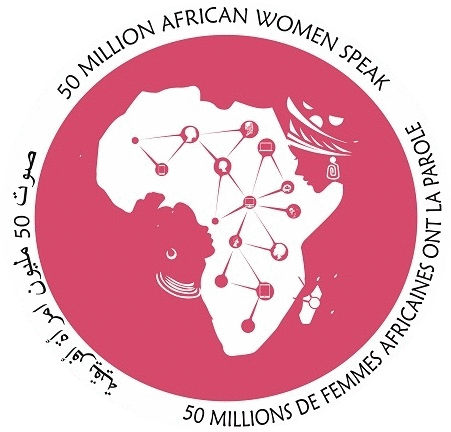Women’s Health Education Program - Kenya
- Kenya
- Resources
- Social Services
- Social Services
HEALTH IN KENYA
The Constitution of Kenya 2010 devolved health services to the counties, which meant a complete change in the Health structure and its management in the country. The national Government handles all the level 4 hospitals which offer highly specialized care. Level 3, level 2 and level 1 healthcare centers are under the management of the county governments
Global evidence points to a direct correlation between the size of a country’s health workforce and its health outcomes. Over the last decade, Kenya’s progress in improving the overall health status of its population has had mixed results. While life expectancy has gone up and interventions to address specific diseases including HIV/AIDs, Tuberculosis and Malaria have yielded positive results, much remains to be done.
The top five causes of outpatient morbidity in Kenya are Malaria, Diseases of the Respiratory System (including pneumonia), Skin Diseases, diarrhea and accidents accounting for about 70 percent of total causes of morbidity. Malaria contributes about a third of total outpatient morbidity.
Women’s Health Education Program
The Women’s Health Education Program, through Volunteer Kenya, allows volunteers to travel to rural villages of Western Kenya and teach women about issues affecting their health and well-being. The women attending the program range in age from 16-60 years old.
PROGRAMES
Topics covered by the program include
- Female Anatomy
- Menstrual Cycle
- Pregnancy
- Breastfeeding
- Family Planning
- Illness Common in women
- STI’s (including HIV)
- Nutrition
- Women’s rights and violence against
In order to reach its objective, program runs training sessions that take place over a 4-day period for about 3 hours per day. Each week volunteers travel to a different village to teach a new group of women. Interactive activities are incorporated during teaching to keep the women engaged. Intensive question and answer sessions are included after each major topic is discussed.
Other Activities include:
- Visiting Secondary Schools in Western Kenya to educate girls about Women’s health.
- Organizing Women’s rights education sessions with both men and women across multiple villages.
- Helping Women form officially registered women’s groups with the Ministry of Social Services
CONTACTS





